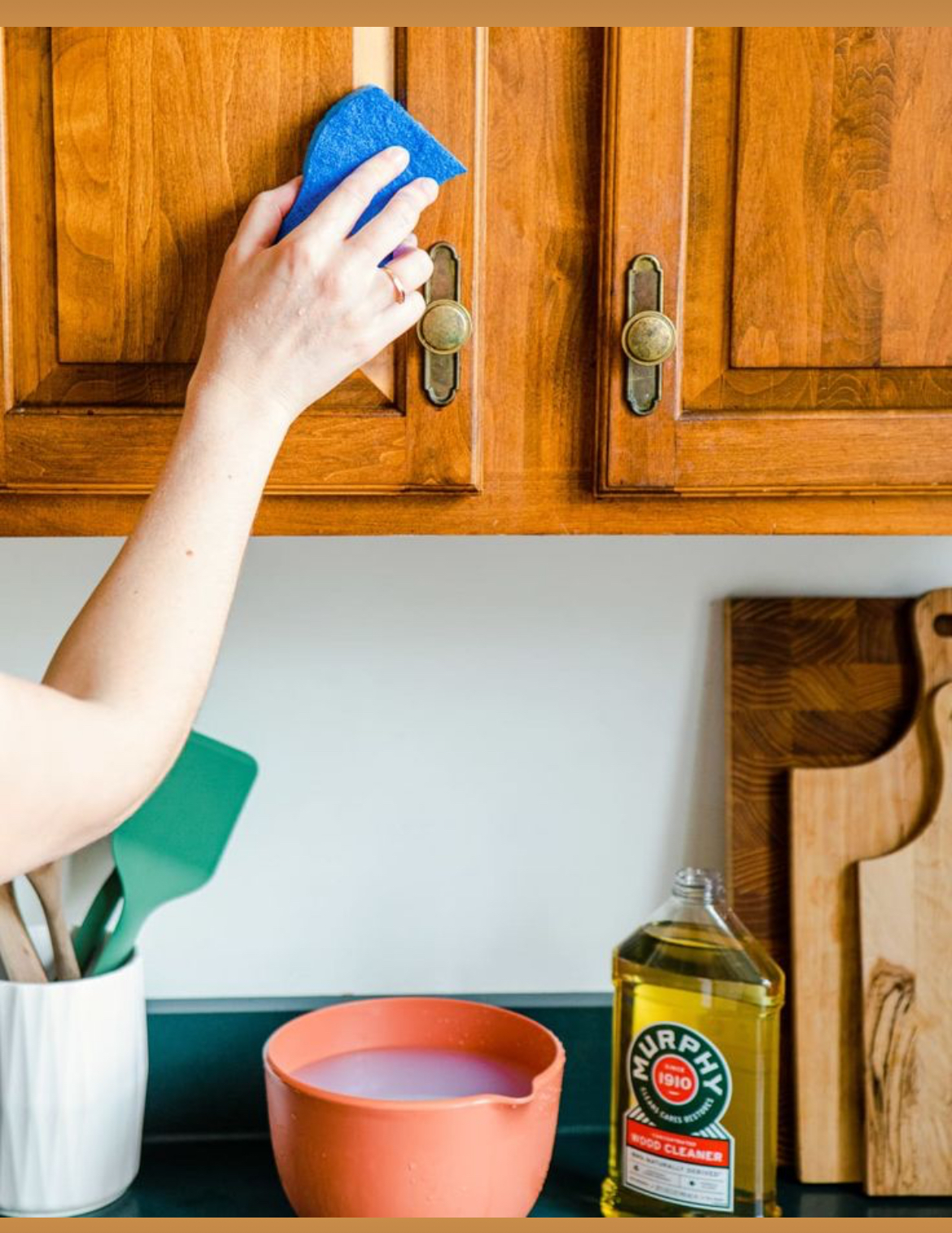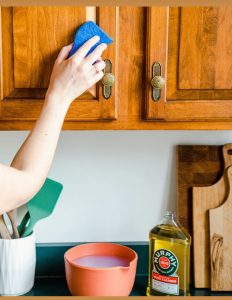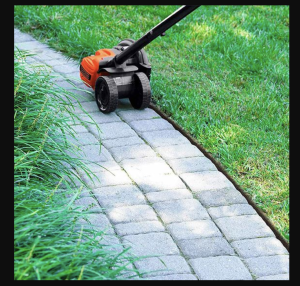The heart of the home, the kitchen, is where we gather, cook, and create memories.
However, it’s also where grease and grime accumulate, especially on cabinets, detracting from the beauty and hygiene of your cooking space.
Understanding how to tackle greasy kitchen cabinets effectively can ensure a clean, welcoming kitchen environment.
Understanding Kitchen Cabinet Grease
Grease build-up is a common challenge in kitchens, primarily resulting from cooking vapors, splatters, and handling.
Over time, this residue sticks to cabinet surfaces, creating a sticky, unsightly mess that can attract dust and degrade the cabinet’s material.
Neglecting this grease not only affects the aesthetic appeal of your kitchen but can also lead to lasting damage to the cabinets.
The Do’s
Effective cleaning begins with the right approach.
Always opt for gentle, yet effective degreasers specifically designed for kitchen cabinets.
Apply the cleaning agent with a soft microfiber cloth to avoid scratching the surface.
For stubborn grease, a non-scratch abrasive sponge can be used gently.
It’s crucial to work in sections and rinse the cloth frequently to prevent spreading the grease.
Things You Need
- Microfiber cloths for gentle wiping
- Non-scratch abrasive sponges for tough spots
- A suitable degreaser for your cabinet’s material
The Don’ts
Common mistakes can lead to damage rather than a deep clean.
Avoid using harsh chemicals or abrasive tools that can strip the finish off your cabinets. It’s essential to know the material of your cabinets as some cleaning agents can cause harm.
For instance, vinegar might be too acidic for wood finishes, while bleach can discolor them.
The Steps
Step 1: Prepare Your Cabinets
Empty your cabinets and wipe off any loose dust with a dry cloth.
Step 2: Apply Degreaser
Soak a microfiber cloth in your chosen degreaser and wring it out so it’s damp, not wet. Apply to the cabinet surfaces in a gentle, circular motion.
Step 3: Tackle Tough Spots
For areas with thick grease build-up, use a non-scratch abrasive sponge lightly soaked in degreaser. Scrub gently to avoid damage.
Step 4: Wipe and Dry
After cleaning, go over the cabinets with a clean, damp cloth to remove any residual cleaner. Finish by drying with a soft towel to prevent streaks.
Maintaining Your Cabinets Post-Cleaning
Keeping your cabinets clean after a thorough degrease extends the time between deep cleans.
Wipe spills and splatters immediately, use cabinet liners to catch drips and spills, and incorporate a regular cleaning schedule to tackle grease before it becomes a problem.
Routine Cleaning Schedule
Daily: Wipe down high-use areas.
Weekly: Clean cabinet exteriors with a mild cleaner.
Monthly: Deep clean one section of your kitchen cabinets thoroughly.
_____________________________________________
A clean kitchen is a cornerstone of a happy home.
By following these do’s and don’ts for degreasing kitchen cabinets, you can ensure your kitchen remains a welcoming, hygienic space for family and friends.
Remember, regular maintenance is key to avoiding the build-up of grease and keeping your kitchen cabinets looking their best.
Let’s embrace the joy of cooking in a clean kitchen, knowing that a little effort goes a long way in preserving the heart of our homes.
Don’t let grease and grim dim the charms of your kitchen.
Our dedicated team is here to make your kitchen clean and a welcoming one.
With our specialized solutions cut through tough stains and grease, restoring the beauty of your kitchen.
Book a call now and talk to us for a tailor fit solution.







